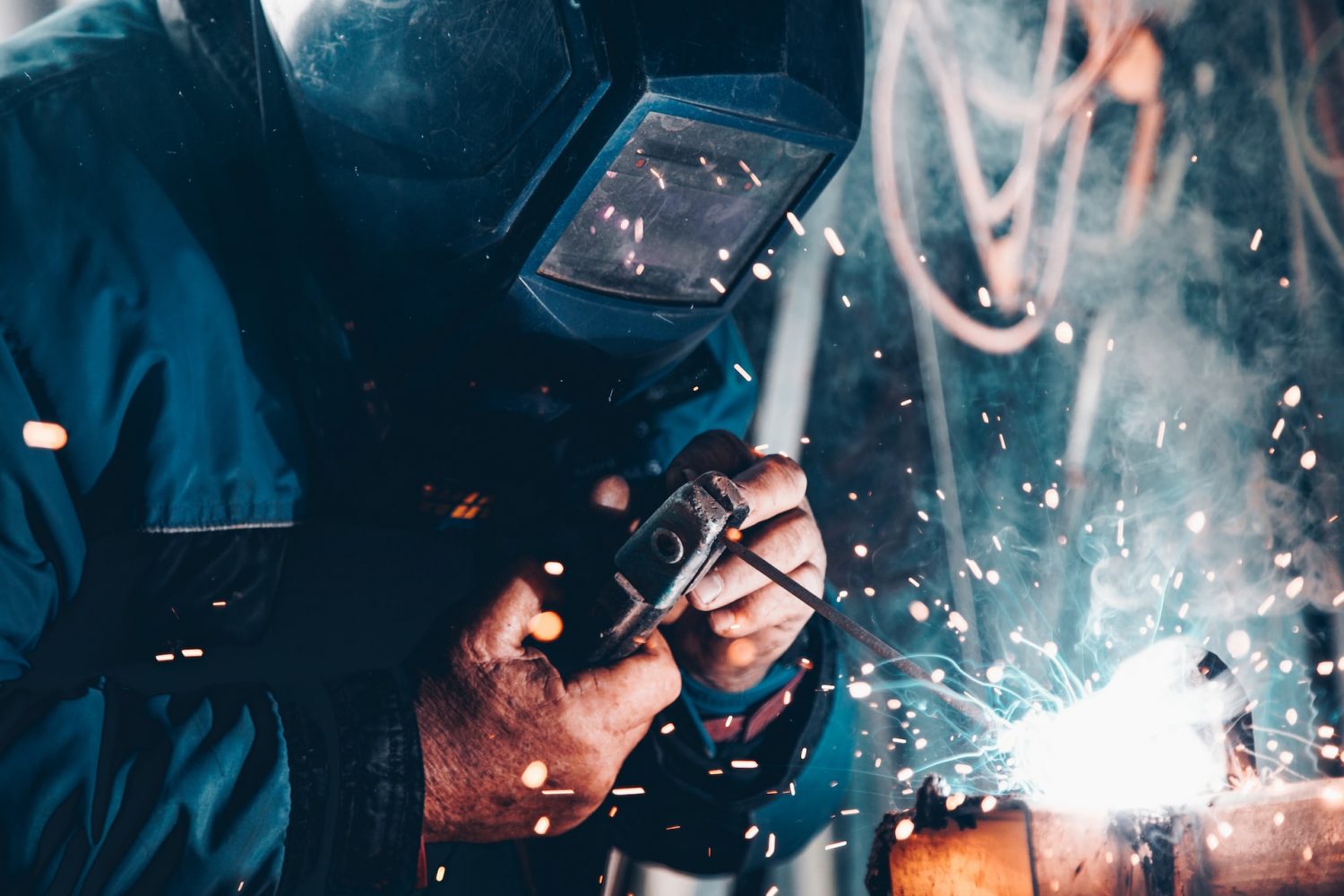What is spot welding?
02nd Feb

Spot welding is often considered to be a fairly simple process for welding sheet metal. However, if you aren’t familiar with the technique and are quite new to it, there are a number of things that can go wrong. That’s where we come in. This article will help you get to grips with spot welding, what it is, how it works, and where you would use it, so you can get a better insight into it when looking for experts to carry out your bespoke fabrication project.
What is spot welding?
Spot welding involves overlapping metals being joined between two copper alloy electrodes. Pressure and electric current are applied to the area you want to weld and the internal resistance to the current creates the level of heat that is needed to successfully complete the weld.
The heat helps to melt the metal and fuse the materials and form a welding joint that takes the shape of a button or “nugget”. This is where the name spot welding originates from as the electric current is used on one small part of the surface of the metal.
How does spot welding work?
The key parts of the spot welding process are successfully melting the metal as quickly as possible whilst at the same time using enough pressure to allow the metals to fuse. Ultimately this is done with high current but low voltage pulses sent to the electrodes that will create that resistance and heat. Let’s look at each stage in more detail.
Set up the metals correctly
The very first thing you need to do is overlap the sheets of metal and make sure they are secured in the correct position. This will allow you to apply the level of pressure and electric current needed without the metals shifting and trying to weld in the wrong place. If this does occur, it will be better to simply start again with new metal. Based on the type of machine you have; the pressure can be applied to the metal in different ways.
Apply the pressure and current
Next you should be ready to add the pressure and current to the area between the electrodes. In most cases standard copper electrodes will be used but certain metal types will need different electrodes like tungsten or molybdenum. When the metal melts, it will likely get to around 2000C, which is higher than the temperature it needs to be in order to fuse.
Cooling the weld
The last step in the spot welding process is letting the nugget cool and become solid. As this happens the electrodes support the metal and only stop being in contact with it when the metal has fully solidified.
Uses of spot welding
Spot welding can be beneficial in a number of industries, but it is mostly found in vehicle production. This is because the automotive industry depends on processes that are cost effective, reliable, and fast, and spot welding ticks all of those boxes. Robots are placed on assembly lines to spot weld car parts automatically as they can achieve the high level of precision needed and the process is easily repeatable, so all the completed parts look the same. Other places spot welding can be used include:
- Kitchenware
- Electronics
- Manufacturing of nails
- Medical uses e.g., attaching dental implants
Conclusion
Spot welding is a very specific process that is mostly used with sheet metal and is great in certain applications. However, in contrast to MIG or TIG welding, it can’t be applied to a broad range of uses.
Looking for a fabrication company in Sheffield?
If you have an upcoming project and need expert fabrication in Sheffield, FEM can help. Our team of engineers have extensive knowledge and experience in many processes relating to fabrication and welding and perfectly meeting our clients’ requirements. Contact us today to discuss your metal fabrication needs and how our services can benefit you.